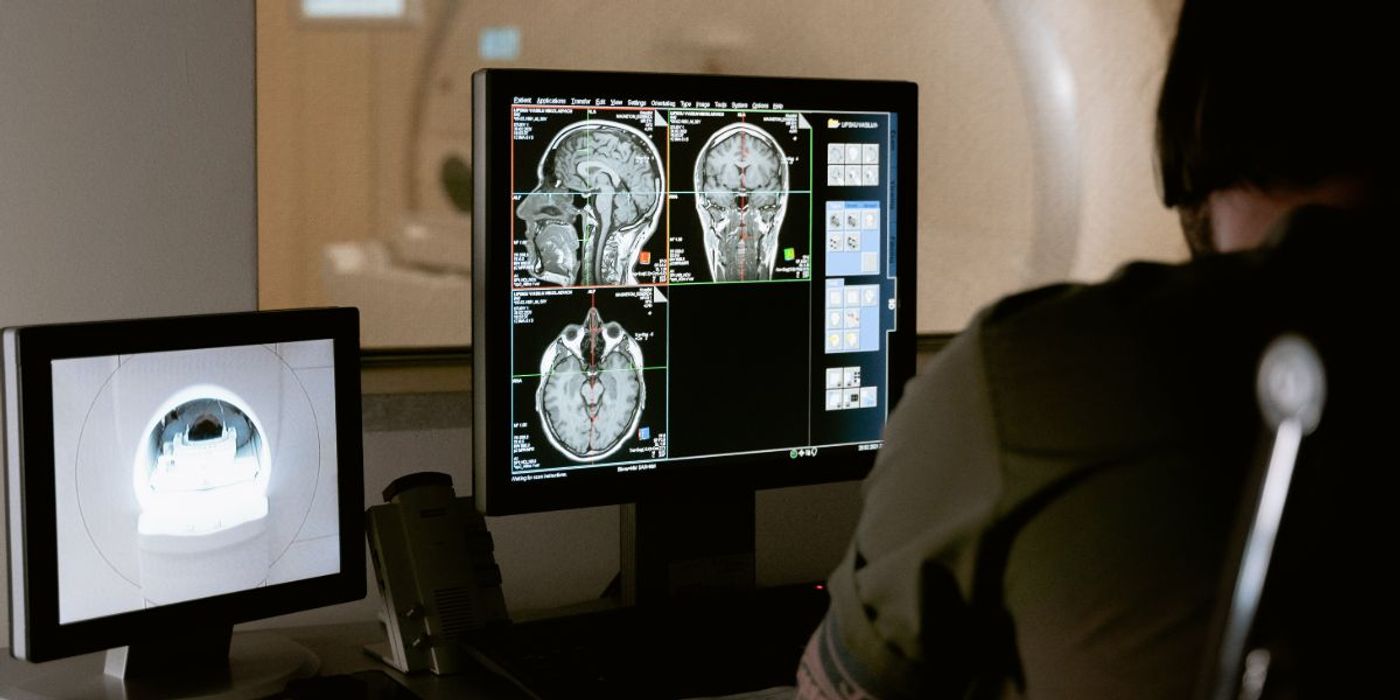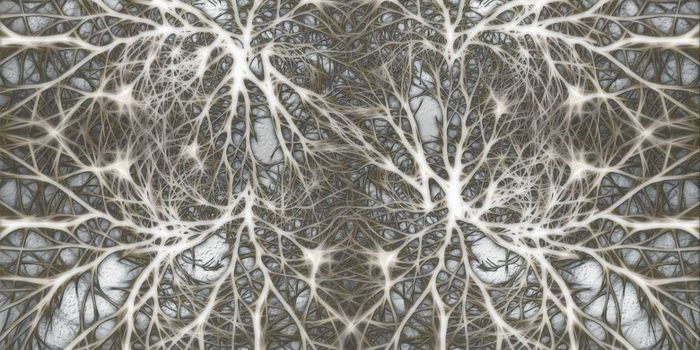Gene Shows Promise as Therapeutic Target for Parkinson's
A protein has a protective effect against Parkinson's disease in fruit flies and may potentially become a new therapeutic target. The corresponding study was published in Nature by researchers at the University of Geneva.
Parkinson's disease is a neurodegenerative disorder characterized by the destruction of dopaminergic neurons. In rare cases, the condition arises from a single gene variant. However, most cases arise from environmental and genetic factors. What they have in common, though, is mitochondrial dysfunction in dopaminergic neurons at the onset of the condition.
In the present study, researchers examined fruit flies and paid specific attention to the Fer2 gene, the human version of which influences many other genes and may be linked to Parkinson's disease.
In previous work, the researchers found that the absence of Fer2 causes Parkinson's-like deficiencies in flies. The researchers thus sought to see if an increase in Fer2 in cells could offer protection against the condition.
In fruit flies, oxidative stress typically leads to the degradation of dopaminergic neurons. However, when overproducing Fer2, oxidative stress no longer has the same effect. This, they say, means that Fer2 may play a protective role against oxidative stress and thus Parkinson's symptoms.
"We have also identified the genes regulated by Fer2, and these are mainly involved in mitochondrial functions," explains Federico Miozzo, first author of the study, "This key protein, therefore, seems to play a crucial role against the degeneration of dopaminergic neurons in flies by controlling not only the structure of mitochondria but also their functions."
To see whether these results translate to animals, the researchers created mutants of the Fer2 homolog in mouse dopamine neurons. They noticed that just like the flies, mice with these homologs also experienced Parkinsons-like symptoms.
The researchers are now seeing how Fer2 can be modulated for neuroprotection in mice. If successful, they say that they could consider the gene as a new therapeutic target.
Sources: Science Daily, Nature









